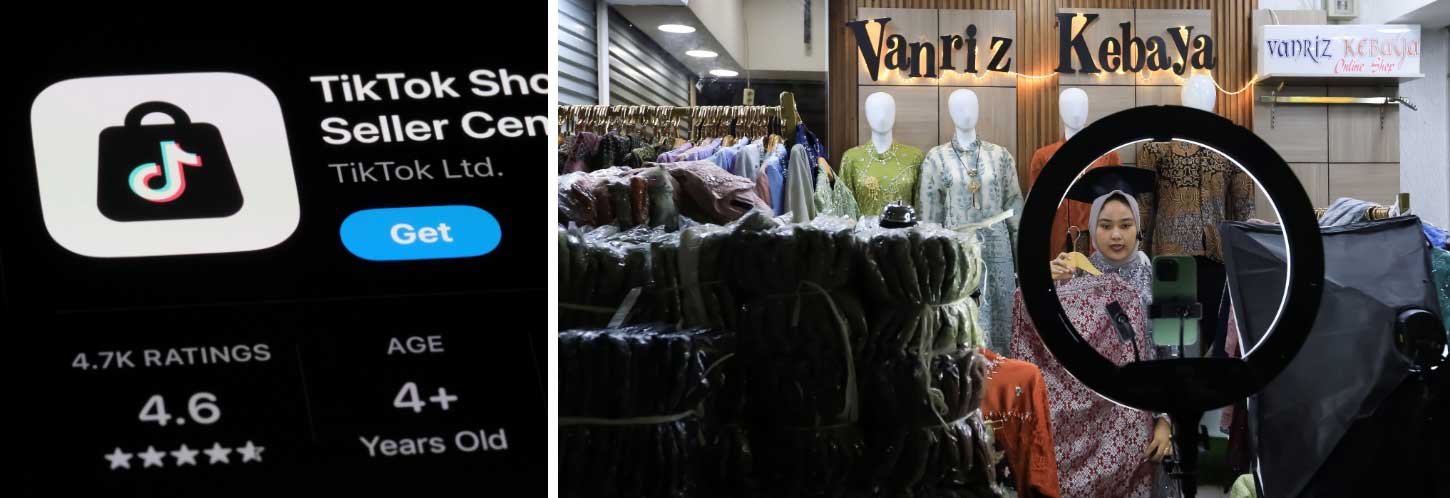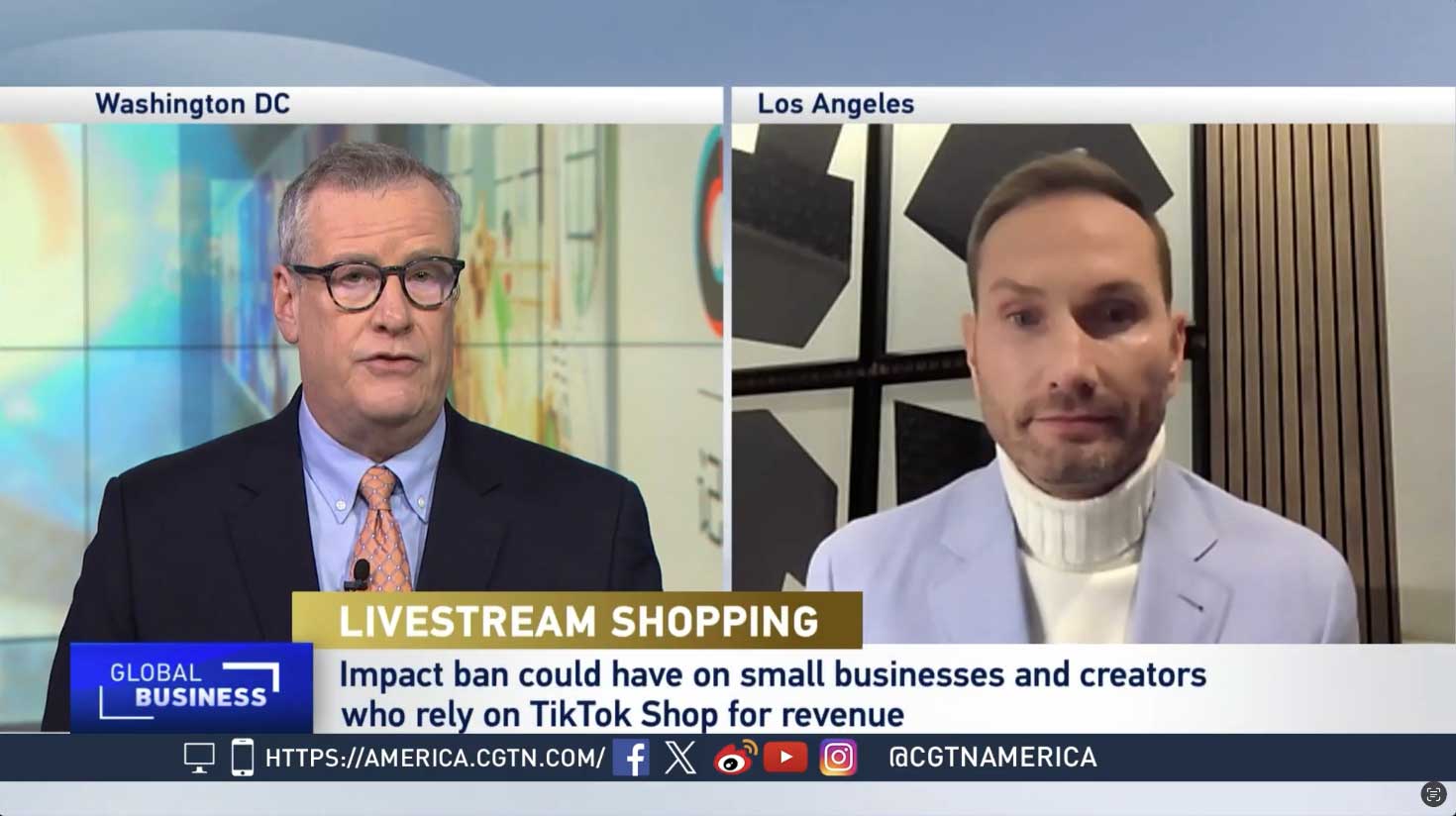Consumers may find alternatives, but what about brands?
As I sit down to write this, nearly 170 million Americans who were on TikTok last week are wondering if they’ll even be able to open the app next week.
Last Friday, January 17, the Supreme Court of the United States upheld federal legislation drafted last spring requiring TikTok to divest itself of Chinese ownership within 270 days or risk having the availability and support of its app dropped by US companies.
By Saturday night, TikTok had made U.S. access to its app unavailable and posted a notice to users that they hoped this issue would be temporary. Fourteen hours later, TikTok was back up with a message thanking then-President-Elect Trump for pledging to sign an executive order that would postpone the “ban” after his inauguration on Monday.
And he did. Just a few hours after taking the oath of office, President Trump signed an executive order retroactive to Sunday that will delay enforcing federal action against TikTok for at least 75 days.
So, TikTok users are happy – for now – but that could change by the time you read this.

Challenges & Changes
For one thing, it’s unclear whether a president actually has the power to stop enforcement of a federal law. If not, this is nothing more than political theater. At the same time, U.S. communications companies which the law forbids to provide services to TikTok and its parent, ByteDance, may decide this executive order doesn’t provide them with enough protection from legal liability.
So, in any case, the clock is ticking on TikTok. Regardless of what happens over the next few weeks, it won’t be the same company three months from now.
What happens if an American buyer doesn’t step up to acquire majority ownership? What if TikTok actually “went away” (even for just a few months)? Consumers and shoppers will certainly find alternatives – but what about brands and businesses?
That was the topic of my latest Global Business interview on CGTN America, and those five minutes could change the way you think about both TikTok and e-commerce in general.
Streaming & Shopping
TikTok’s US revenue climbed to more than $5 billion in 2024 and a critical component in that growth was due to TikTok Shop, which enables influencers, businesses and brands to sell directly to TikTok users without those buyers ever having to leave the app. Since its US launch just 18 months ago, TikTok Shop has become a major force in e-commerce and reported a 165% year-over-year increase in shoppers during this past holiday season.
In other words, when it comes to social platforms and social shopping, TikTok and its algorithms are clearly bringing e-comm content to US consumers in an extremely relevant way; certainly more efficiently and effectively than the Meta platforms (Facebook, Instagram, etc.). It’s the primary reason we’ve seen such rapid adoption around TikTok’s social shopping and why it’s a global leader in that category.
So, it’s easy to understand why small businesses and big brands alike are watching the legislative actions involving the possible ban of TikTok with trepidation. The sudden loss of TikTok Shop alone could significantly impact the potential revenue content creators and digital marketers generate.

The rapid adoption of the TikTok platform since COVID and equally rapid maturation of their ad model is impressive and almost unparalleled. Today, it’s not just an e-comm staple for thousands of businesses, but the source and origin of a lot of new products and services we find through these social platforms. As a result, the TikTok platform provides a level and dimension of access for and to people that you just don’t find in other places.
Competitors & Alternatives
That doesn’t mean there aren’t alternatives to TikTok Shop, that new competitors won’t appear or that a few of those different options couldn’t be somehow “better.” E-commerce in general and live stream shopping in particular are constantly evolving, so if TikTok Shop suddenly disappeared, I have no doubt suitable replacements would appear to fill the void.
We already have the Meta platform with Instagram Shopping. We already have Amazon Live. Are they as mature as TikTok? That’s a debatable question. We also can’t ignore the Google platform, which produced some of the early, dominant players within social.
Globally, there’s been a quick rise in the prevalence of not only RedNote – the most popular platform in the world – but also things like Lemon8. Ironically, these are both also Chinese-owned entities, which reinforces the need to identify alternatives that the US government won’t tag as potential threats to consumer privacy and national security.

At the same time, I think it’s even important to identify what’s driving this new shift in social media consumption and exponential growth in live stream shopping: Influence.
Whether we like it or not, there’s wealth of research around Comparison Theory and other social psychology that suggests despite our desire to believe we’re all independent individuals, we’re still heavily influenced by others.
Today, that influence doesn’t always happen in “real life.” It happens on the social platforms that have become such a dominant part of our real life. So, the integration of influence-driven shopping components into a place where we happen to spend a large chunk of our lives feels natural and “safe.” But is it? What’s happens to all that data?
It’s also very easy. With downloaded apps that incorporate agreements and payment options inside of our operating systems, the ability to purchase and check out is smooth, efficient and fast. So, it’s not difficult to understand why these platforms have been adopted so rapidly and why the potential loss of access to something like TikTok Shop seems so devastating.
Options & Opportunities
But only temporarily. Nature (and commerce) hates a vacuum. So, if the time does come when TikTok is no longer going to be supported by U.S. operating systems, I promise there will be others that quickly fill that void.
It could be an expanded, enhanced edition of one of the US-based platforms we’ve already mentioned like Google, Meta, Amazon or WhatNot. It could be the introduction of another internationally- based platform that doesn’t pose the same type of perceived security threats as TikTok. Or it could be something entirely new.
But whatever it is, it will eventually be different and better enough to make us forget about TikTok. That’s not just the upside to an ever-evolving digital ecosystem, but the inevitable outcome of free enterprise.
Challenges and changes are all about opportunity, so I can’t wait to see what happens.



